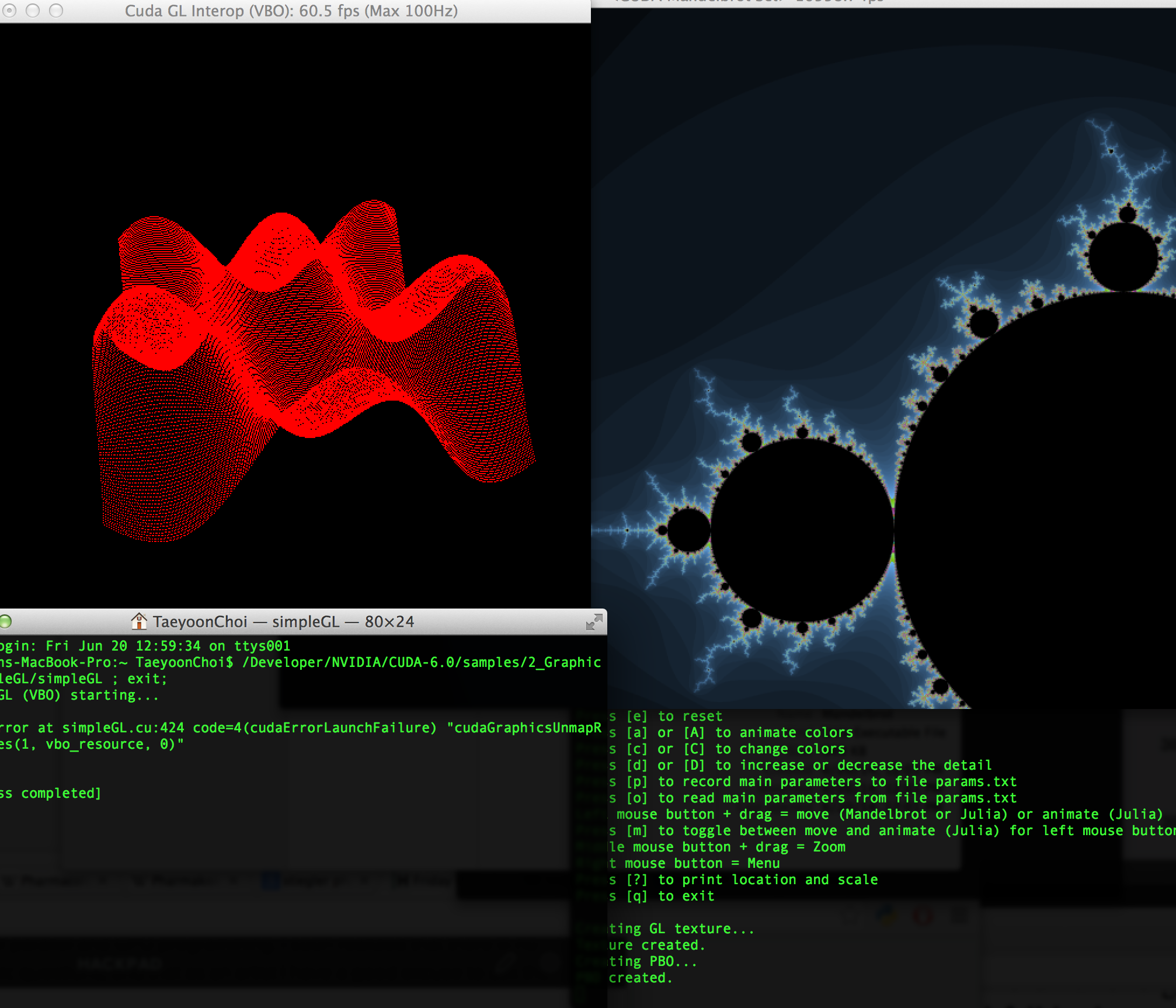Call with Chris Malachowsky
20 Jun 2014, by Taeyoon ChoiI had a video call with Chris Malachowsky, the co-founder of NVIDIA who also serves as an advisor for Art + Technology Lab program at LACMA. Here’s part of the message I sent him a few days before.
“We’re interested in creating alternative methods of giving form to time. The idea is to stage a network of clocks (with distributed users behind them) that can synchronize and desynchronize with one another, collectively determining the temporal status of both each part and the whole.
In our thinking behind the project, we see a resonance with parallel computing. For my part, I am engaging these ideas through using FPGA and low-level electronics to build prototypes for simple parallel processing.
In order to further this exploration, I would like to learn more about the research that is done at NVIDIA, by engaging in conversation with engineers about ways of simulating large-scale parallel systems for alternative methods of timekeeping. I am also interested in using the CUDA platform, Tesla and GPU hardware in the future.
Technical R&D and philosophical investigation are equally important parts of our commission. Being an artist, I feel more at home creating meaning with technology and experimenting with it — I feel less at home with systematic technical research and implementation. For this reason, I am interested in talking with your specialists and learning from their expertise”
Thanks to Amy and Joel, the call was scheduled only a week after the initial email. I felt a bit anxious. I didn’t feel ready to talk about the project, because he’s an expert electrical engineer and I have not yet done extensive research on the theory and practice of parallel and GPU programming. I soon realized that there is no real reason to worry about asking basic questions, and that as an artist I have a good excuse to ask the most fundamental questions of all.
I began to think about the reasons behind my interest in parallel computing and how the philosophy relates to technology, some of whi are kept on my debugview blog.
I downloaded CUDA platform and built some sample codes. The first one was Mandelbot which could be generated from GPU and CPU. It was clear to see the difference in frames per second.

At about 2PM we got on the call. He was in his home office near San Jose and we were in Orbital.
We talked about the original proposal for the project. It is pleasantly surprising that many of the A+T advisors read our proposal so carefully and provided personal comment. Chris is no exception.
We also talked about our initial visit to LACMA last month. While Chris was the one who suggested meet-ups of the artists and the advisors, he unfortunately wasn’t able to join in person. I tried to fill him in about how other grant recipients are taking the advisory relationship to a variety of ways — for example, Rachel is doing a residency at JPL.
After twenty minutes of exciting convresation, we decided it would be beneficial to visit NVIDIA’s research facility in San Jose sometime during the project. Chris was also generous to provide advice and support for the project.
The next step will be to identify what we would like to achieve with this hardware and software environment, as I am still researching technical possibilities and we have not begun designing the project’s manifestation.






